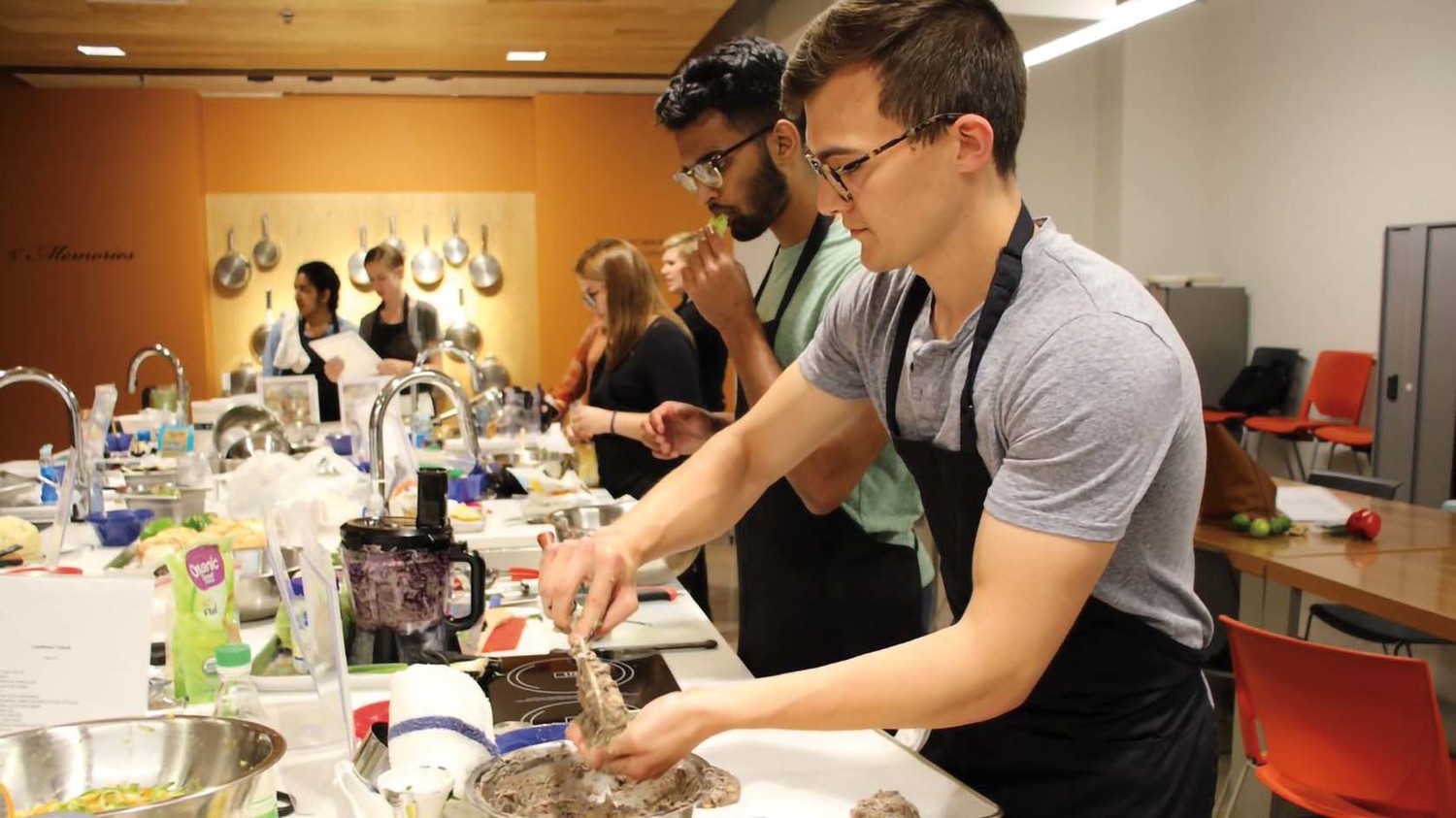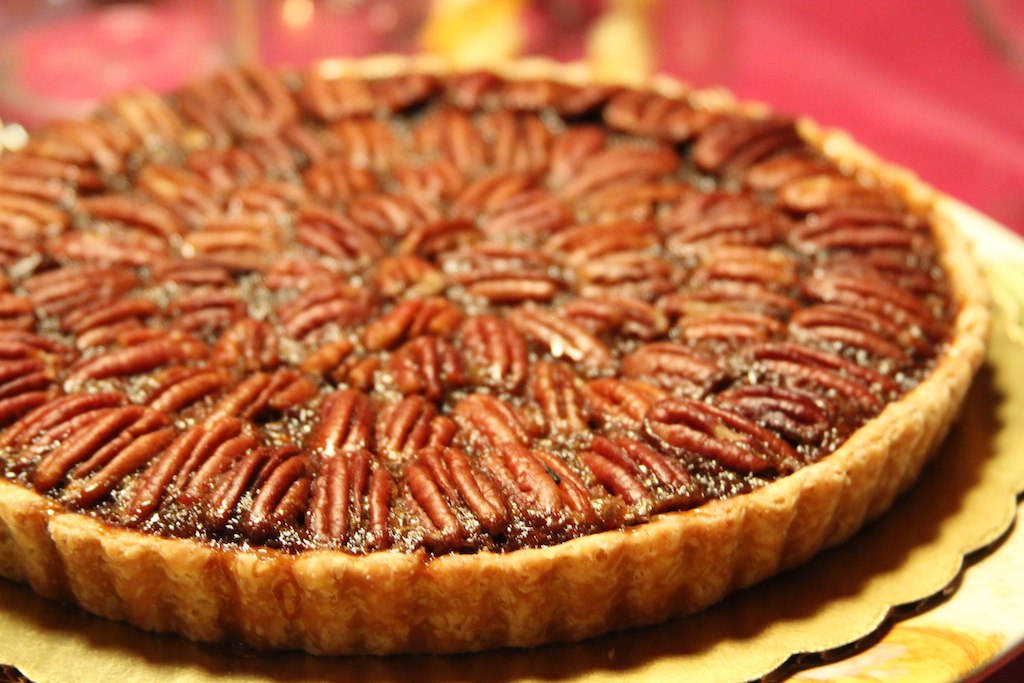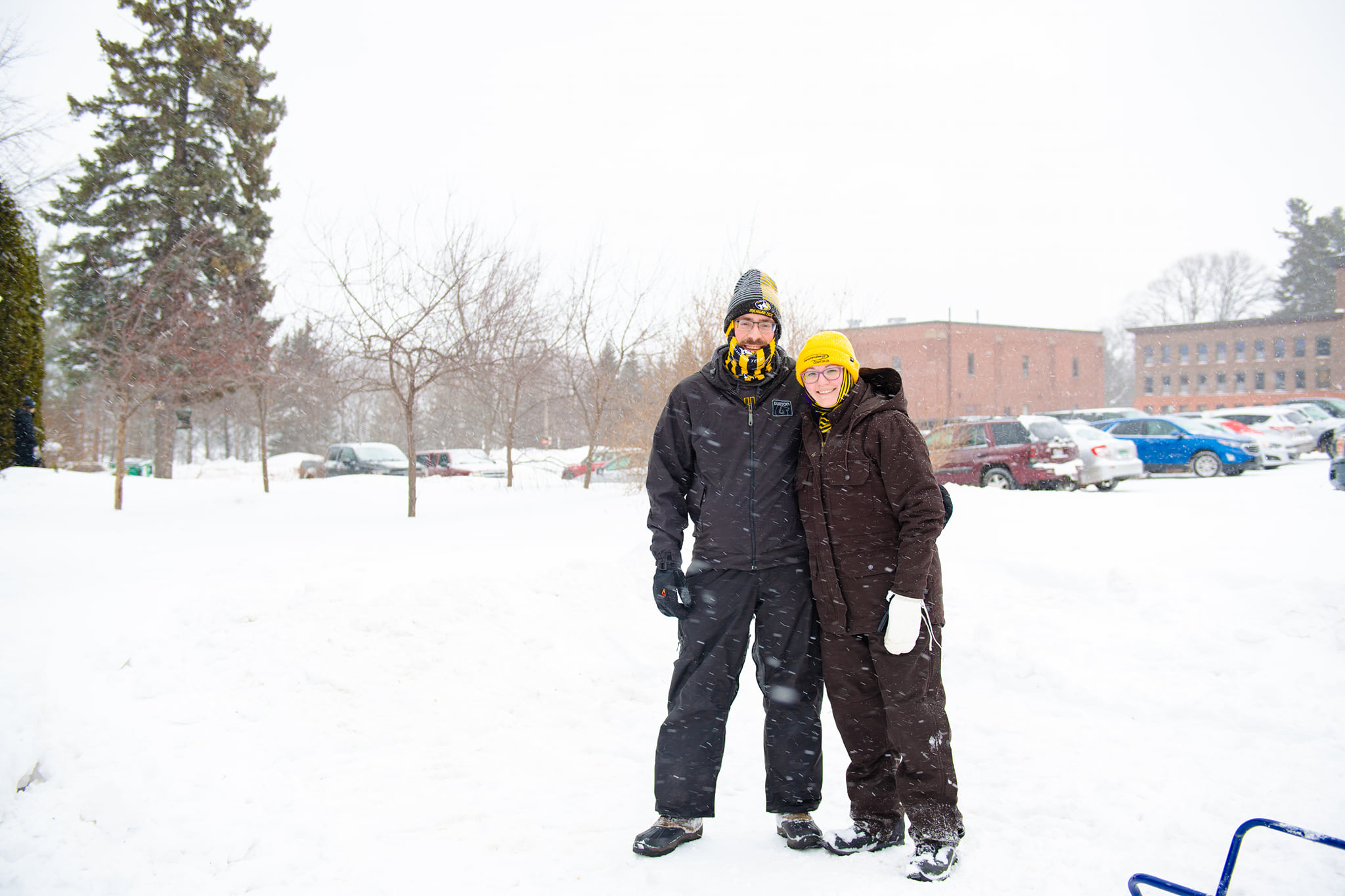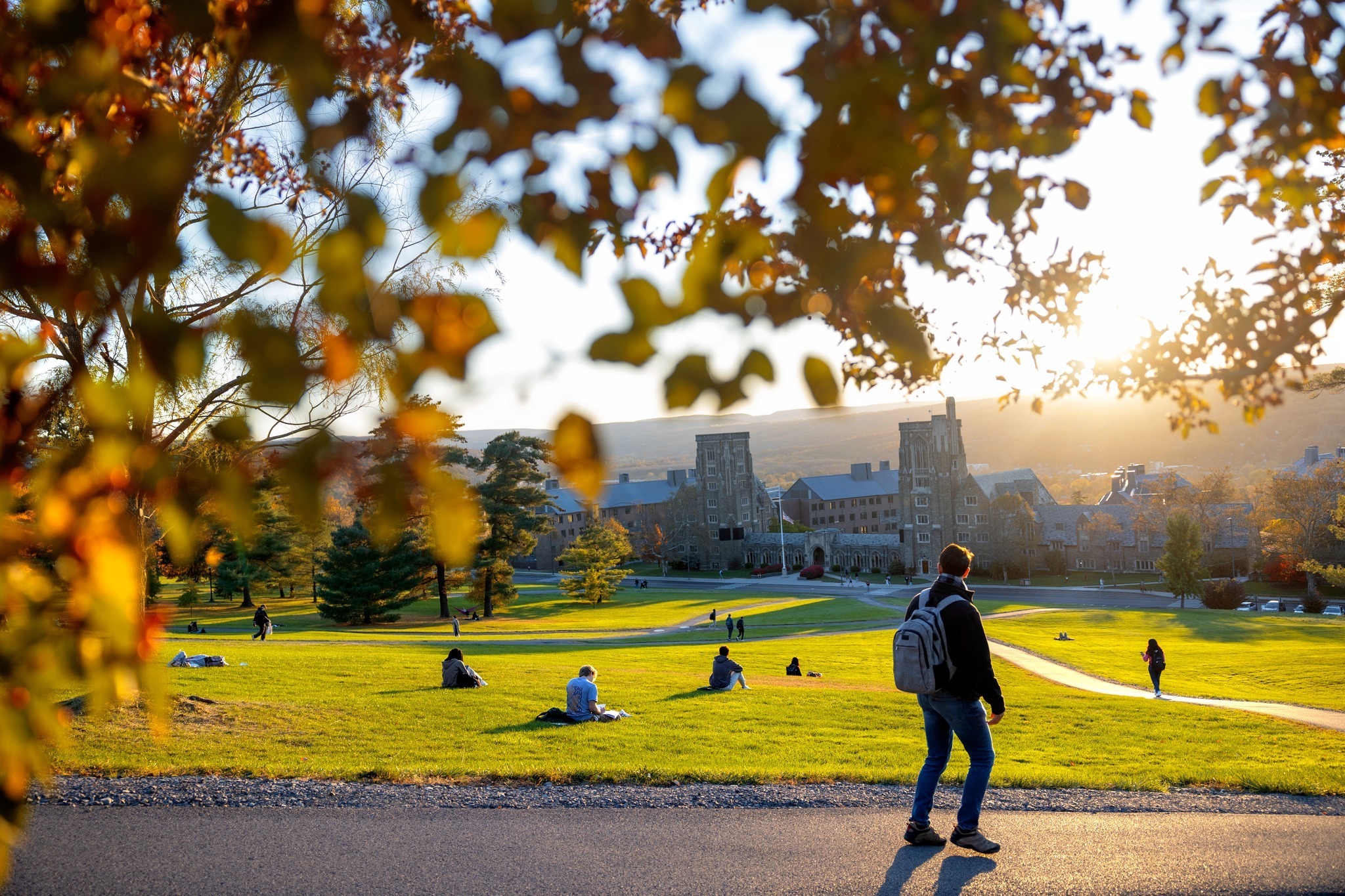Author Archives: mike@standardsmichigan.com
- Home
- Articles posted by mike@standardsmichigan.com (Page 14)

Split Pea Soup & Ham
Oklahoma Commercial Kitchen Requirements
Ingredients:
1 pound dried split peas, rinsed and picked over
1 ham hock, ham bone, or 1 pound diced ham
1 onion, chopped
2 carrots, chopped
2 celery stalks, chopped
2 cloves garlic, minced
8 cups chicken or vegetable broth
2 bay leaves
Salt and pepper to taste
Optional: thyme, parsley, or other herbs for flavor
Instructions:
Prepare the ingredients: Rinse the split peas under cold water and pick out any debris. Chop the onion, carrots, and celery. Mince the garlic.
Sauté aromatic vegetables: In a large pot or Dutch oven, heat some olive oil over medium heat. Add the chopped onion, carrots, celery, and garlic. Sauté until softened, about 5-7 minutes.
Add split peas and broth: Add the rinsed split peas to the pot, along with the ham hock, ham bone, or diced ham. Pour in the chicken or vegetable broth. Add bay leaves and any other herbs you’re using.
Simmer the soup: Bring the soup to a boil, then reduce the heat to low. Let it simmer, uncovered, stirring occasionally, until the split peas are tender and the soup has thickened, about 1 to 1.5 hours. If using a ham hock or bone, remove it from the soup once the meat is falling off the bone; shred the meat and return it to the pot.
Season to taste: Taste the soup and season with salt and pepper as needed. Adjust any other seasonings to your liking.
Serve: Remove the bay leaves before serving. Ladle the soup into bowls and enjoy hot. Optionally, you can garnish with chopped fresh parsley or a drizzle of olive oil.
Tips:
You can customize the soup by adding other vegetables like potatoes or leeks.
For a vegetarian version, omit the ham and use vegetable broth instead of chicken broth.
Split pea soup tends to thicken as it sits, so you may need to add more broth or water when reheating leftovers.
Waste Water Beer
This content is accessible to paid subscribers. To view it please enter your password below or send mike@standardsmichigan.com a request for subscription details.
Pecan Pie
University of George Financial Report 2022 | $2.1B
If you find yourself eating a pecan pie tomorrow, odds are it was grown in Georgia! pic.twitter.com/0FiKTlCAQi
— UGA (@universityofga) November 24, 2021
University of Georgia: Cranberry Pecan Pie
The popularity of Georgia pecan pie can be attributed to several factors:
- Abundance of Pecans: Georgia, particularly in the southern region of the United States, has a favorable climate for pecan trees. Pecans have been grown in Georgia for centuries, and the state has a long history of pecan cultivation. With such abundance, pecans became a staple ingredient in many traditional Southern recipes, including pecan pie.
- Southern Culinary Tradition: Southern cuisine, known for its comfort foods and indulgent desserts, heavily features pecans in various recipes. Pecan pie is a classic Southern dessert that has been passed down through generations, becoming deeply ingrained in the culinary heritage of the region. Georgia, as a quintessential Southern state, plays a significant role in promoting and preserving these culinary traditions.
- Cultural Significance: Pecan pie is not only a delicious dessert but also holds cultural significance in the South. It is often served during holidays and family gatherings, evoking feelings of warmth, nostalgia, and tradition. The act of sharing a slice of pecan pie with loved ones is a cherished tradition for many families in Georgia and throughout the South.
Cornish Pasties
Dining Services Recipe | MTU Alumni Recipe
Perfect weather for a Husky. 💛🐾#MichiganTech pic.twitter.com/iGuBVE484J
— Michigan Tech (@michigantech) January 24, 2024
2024 Financial Report: Net Position $479,190,705
Old-Fashioned Beef Stew
Ingredients
- 1/4 cup all-purpose flour
- 1/4 teaspoon freshly ground pepper
- 1 pound beef stewing meat trimmed and cut into inch cubes
- 5 teaspoons vegetable oil
- 2 Tablespoons red wine vinegar
- 1 cup red wine
- 3 1/2 cups beef broth homemade or low-sodium canned
- 1 bay leaf
- 1 medium onion peeled and chopped
- 5 medium carrots peeled and cut into 1/4 inch rounds
- 2 large baking potatoes peeled and cut into 3/4 inch cubes
- 2 teaspoons salt
We Love Our Cowgirls 🤎🤠💛#NGWSD • #OneWyoming pic.twitter.com/CTdwRsuSiV
— Wyoming Athletics (@wyoathletics) February 7, 2024
Instructions
-
Wash hands with soap and water for 20 seconds.
-
Combine the flour and pepper in a bowl, add the beef and toss to coat well. Heat 3 teaspoons of the oil in a large pot. Add the beef a few pieces at a time; do not overcrowd. Cook, turning the pieces until beef is browned on all sides, about 5 minutes per batch; add more oil as needed between batches.
-
Wash the counter and utensils that touched the raw meat. Wash hands with soap and water after handling raw meat.
-
Remove the beef from the pot and add the vinegar and wine. Cook over medium-high heat, scraping the pan with a wooden spoon to loosen any browned bits. Add the beef, beef broth, and bay leaf. Bring to a boil, then reduce to a slow simmer.
-
Cover the pot and cook, skimming broth from time to time, until the beef is tender, about 1 1/2 hours.
-
While the beef is cooking, scrub the onion, carrots, and potatoes with a clean vegetable brush under cold running water. Prepare vegetables as directed in the ingredients.
-
Add the onions and carrots to the pot and simmer, covered, for 10 minutes. Add the potatoes and simmer until vegetables are tender, about 30 minutes more. Add broth or water if the stew is dry. Season with salt and pepper to taste.
-
Serve immediately.
Trump’s children all turned out so well pic.twitter.com/bZlmPunH2h
— Petronius Arbiter (@soulofpetronius) October 25, 2025
Great Heathen Army
This content is accessible to paid subscribers. To view it please enter your password below or send mike@standardsmichigan.com a request for subscription details.
Turkey Pot Pie Soup
Cornell University Dining: Student & Campus Life
Ingredients:
- 1/4 cup flour
- 2 cups turkey stock
- 4 cups fat free milk
- 2 large celery stalks, chopped
- 1 1/2 cups chopped onion
- 8 oz sliced cremini mushrooms
- Salt and pepper to taste
- 2 Tablespoons chopped parsley
- 8 oz frozen peas and carrots
- 1 teaspoon turkey bullion
- 2 medium potatoes, cubed small
- 16 oz cooked turkey breast, diced small or shredded
Directions:
- 1.Create a slurry by combining 1/2 cup of the cold broth with flour in a medium bowl and whisk until well blended. Set aside.
- 2.Pour remaining broth and milk into a large pot and slowly bring to a boil.
- 3.Add celery, onion, mushrooms, parsley, fresh pepper, frozen vegetables, and bullion, and return to a boil. Partially cover and simmer on low until vegetables are soft, about 20 minutes.
- 4.Remove lid, add potatoes and cook until soft, about 5 minutes.
- 5.Add turkey, and slowly whisk in slurry, stirring well as you add. Cook another 2-3 minutes, until soup thickens, adjust salt and pepper to taste and serve.
*Recipe from Skinny Taste
Nutrition Information: 1 1/3 cups| servings per recipe: 8 | Calories: 192, total fat: 2 g, saturated fat: 0 g, trans fat: 0 g; cholesterol: 1.3 mg, sodium: 159 mg, carbohydrates: 27 g, fiber: 8.3 g, sugar: 8.5 g, protein: 18 g
New update alert! The 2022 update to the Trademark Assignment Dataset is now available online. Find 1.29 million trademark assignments, involving 2.28 million unique trademark properties issued by the USPTO between March 1952 and January 2023: https://t.co/njrDAbSpwB pic.twitter.com/GkAXrHoQ9T
— USPTO (@uspto) July 13, 2023
Standards Michigan Group, LLC
2723 South State Street | Suite 150
Ann Arbor, MI 48104 USA
888-746-3670
























